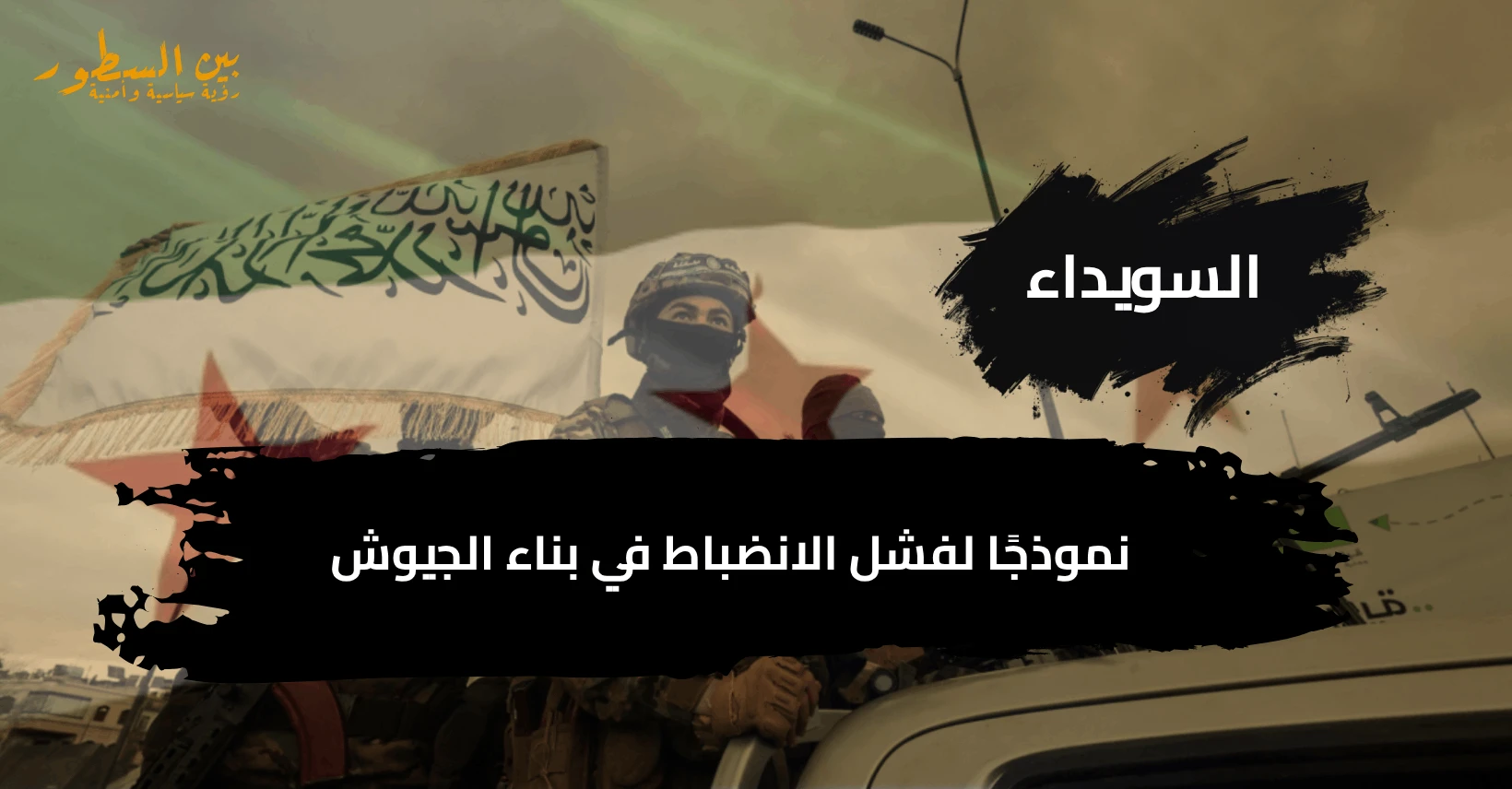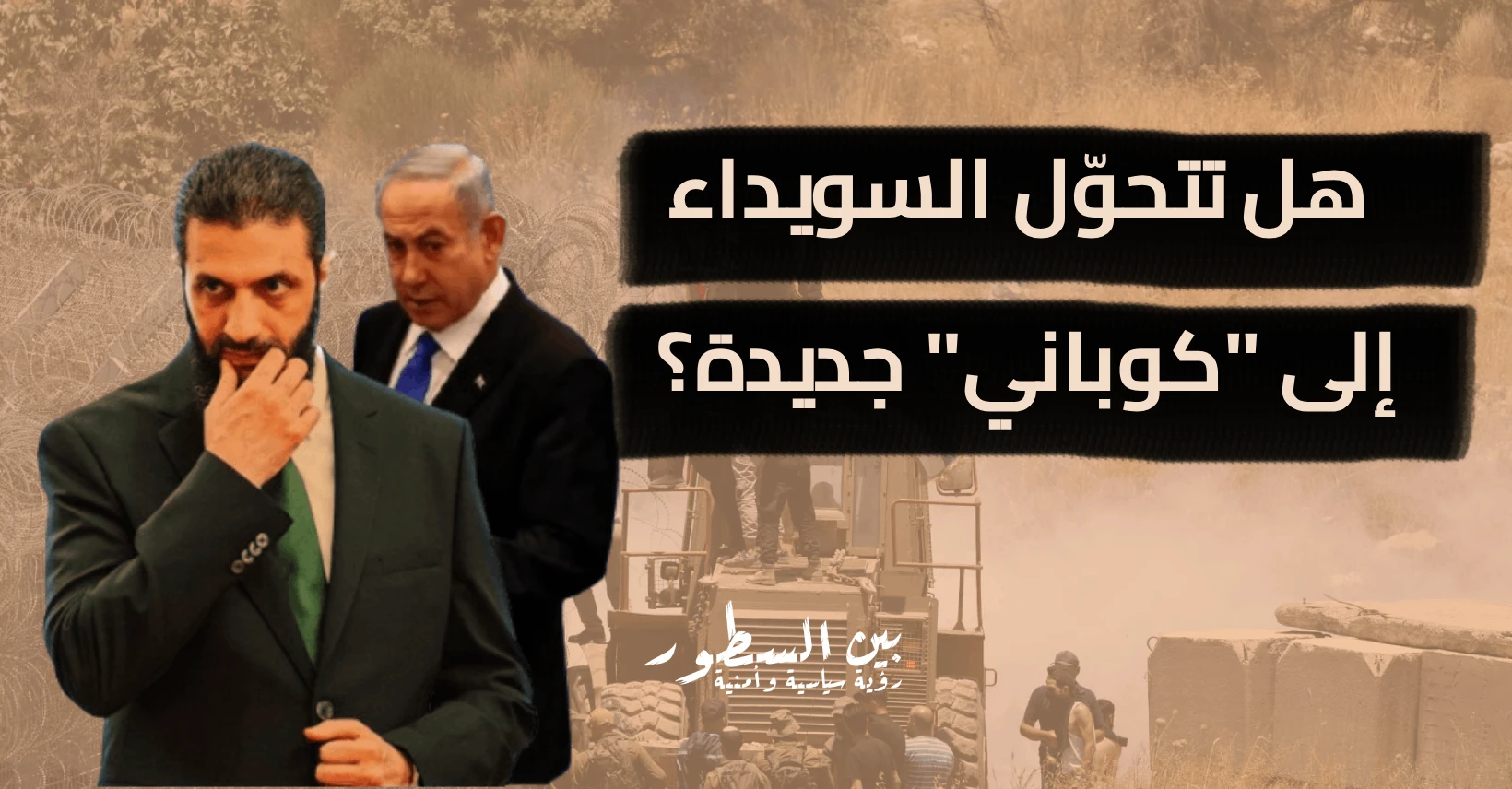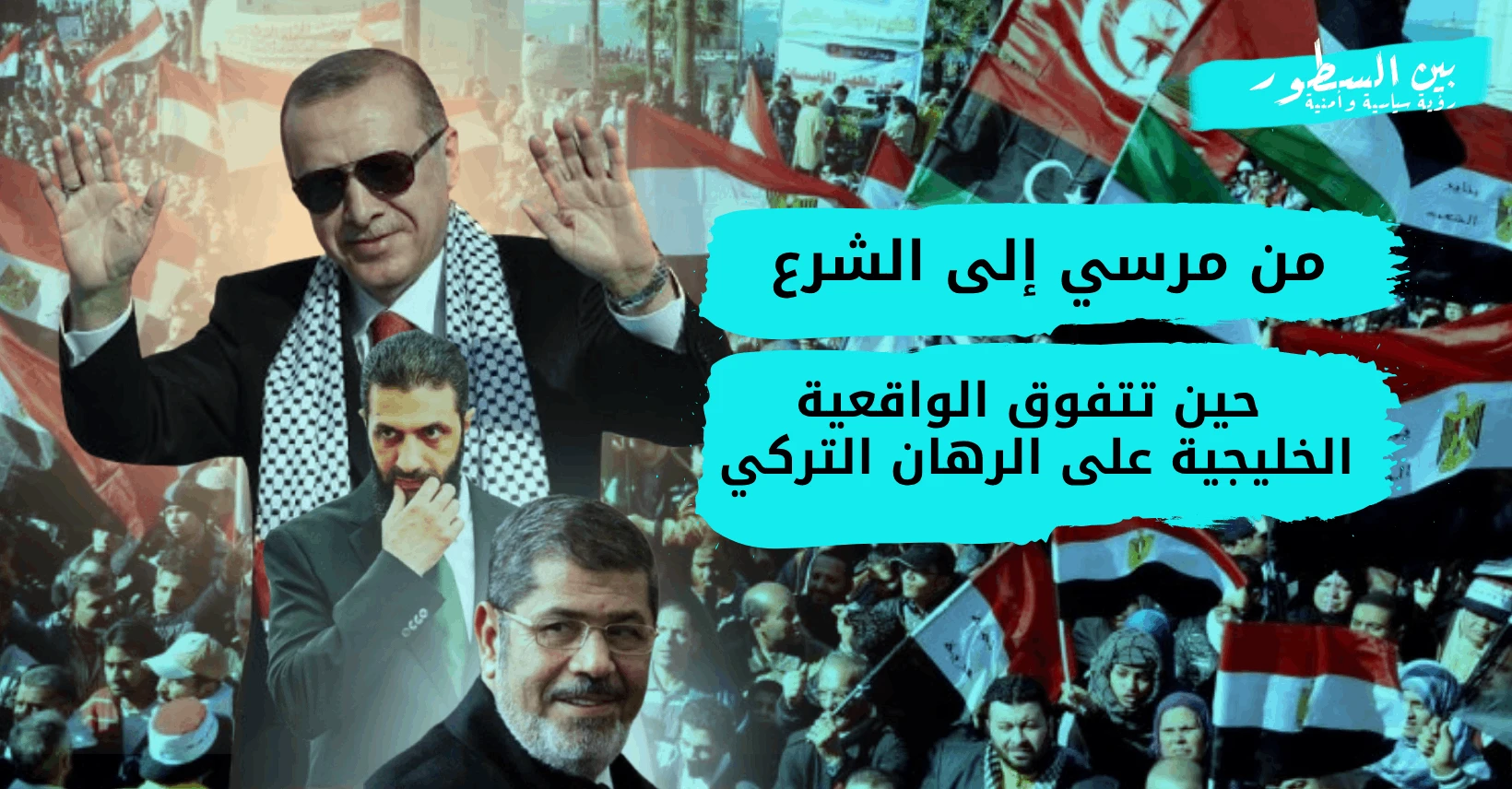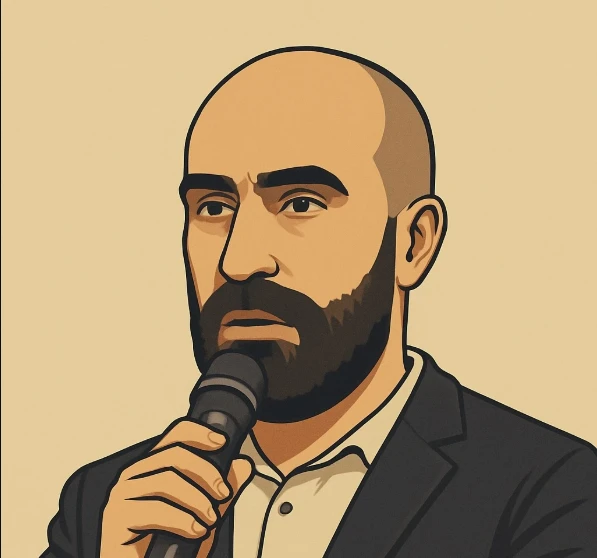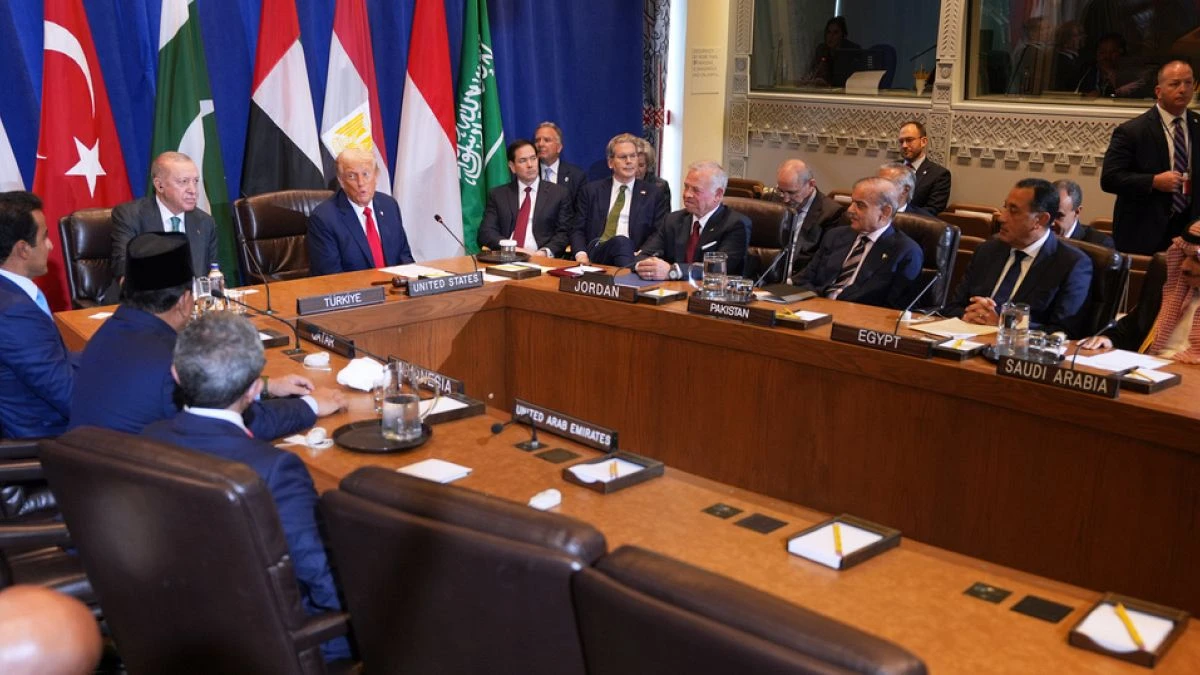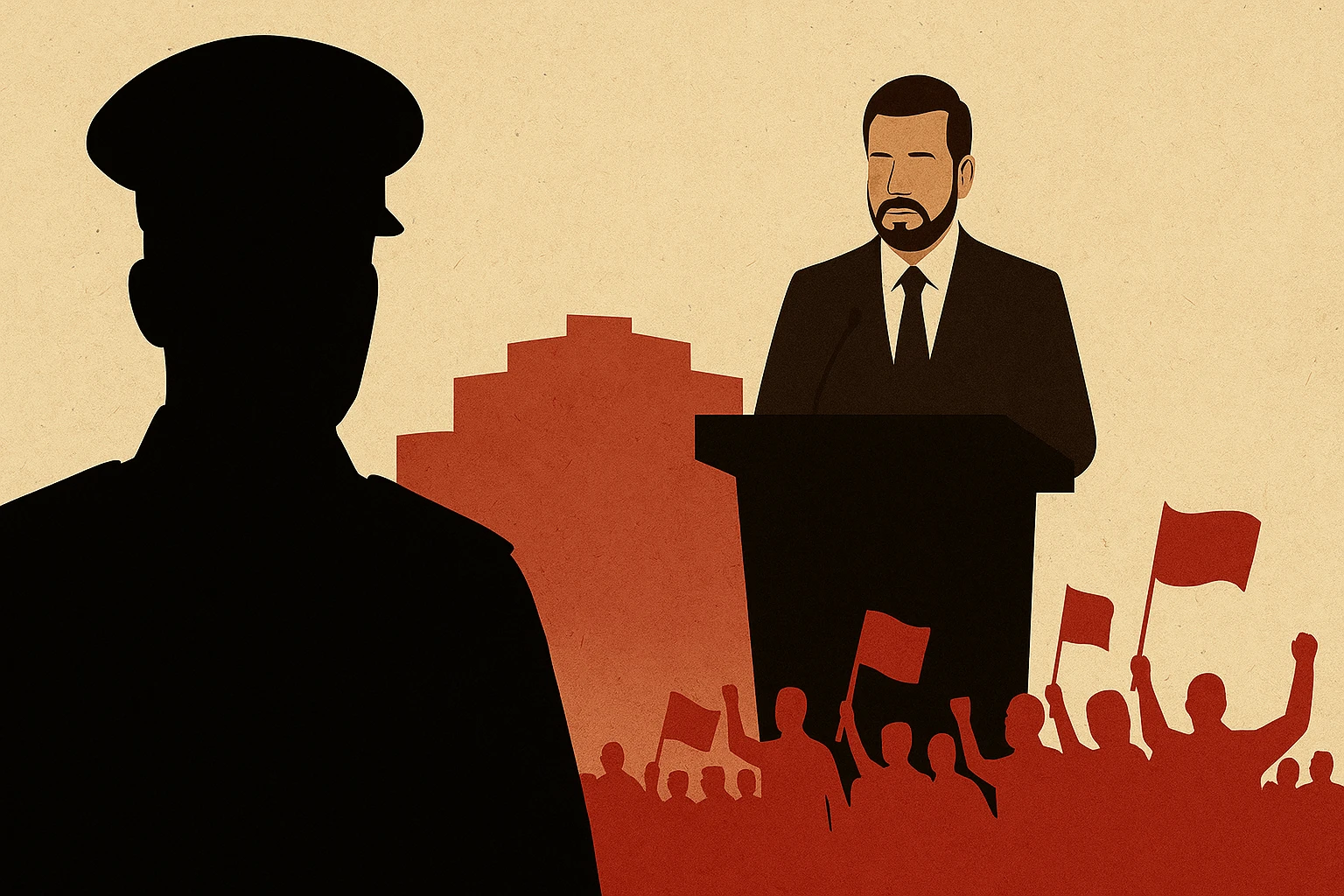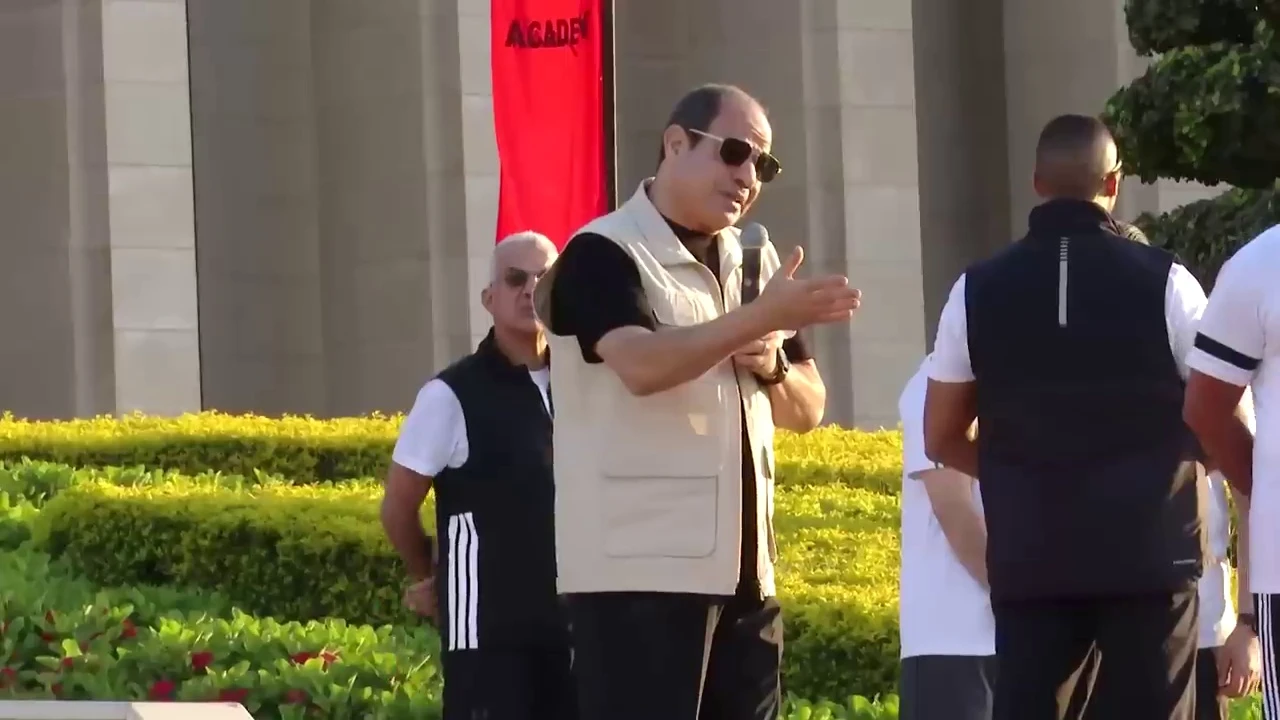When Weapons Precede Decisions: Sweida as a Model of Failure in Building National Armies
This is an AI-generated English translation. The original text is in Arabic.
The failure of the new Syrian state to impose stability in Sweida was not merely a battlefield defeat; it transcended to become a complete strategic scandal, revealing the fragility of the new national army project, which still lives on the dreams of the revolution and has not overcome the old foundational issues that were a mix of contradictions, divisions, and a lack of discipline.
The Army That Precedes Its Leader
In the recent events in Sweida, it became clear that President Ahmad al-Shara and his Minister of Defense do not have control over the army as they should. While clashes began between some irregular military forces from Sunni tribes and Druze factions, the scope of the battle suddenly widened to turn into a comprehensive confrontation, in which field commanders decided to advance into the heart of the city without returning to the high command.
According to testimonies from some who participated in these battles, the divisions sent to the field â such as the 54th, 44th, 70th, and 98th divisions (1) â all of which are different, conflicting components even just a few months ago â ignored orders and refused to withdraw despite clear instructions to do so because they saw the path was clear and entry was easy.
This refusal was not merely an indicator of a coordination failure, but rather a deeper dysfunction within the political structure of the army itself. How can a state wage war with an army that precedes its weapon with political decisions?!
Multiple Loyalties: The Deadly Poison
The new Syrian army was not a unified national army in this battle, but rather a hybrid gathering of factions with disparate orientations, some of which only came under the umbrella of the "army" on their own terms or under specific conditions imposed by Ahmad al-Shara â such as having the leaders of those brigades and divisions be former leaders of Hay'at Tahrir al-Sham â and some of these factions still owe loyalty to local leaders of these divisions, not to the central state leadership.
More dangerously, these factions brought to the battle sectarian and regional tendencies, which weakened their legitimacy in the eyes of public opinion and gave opponents the opportunity to appear as victims, despite their open ties to Israel.
Israel... When Your Enemy Protects You
The battle that erupted without cohesive political coordination, without air cover, or careful consideration of the city's sensitivities, ended in scandal: Israeli planes struck the forces of the new Syrian army after they were lured into a well-laid trap coordinated between Hikmat al-Hajri and Tel Aviv, even if this trap was set recently.
With the sudden decisions and the diversity of loyalties among the factions following the issuance of a decision to withdraw heavy weapons from the city after entering it for several hours, and then the withdrawal of some commanders in compliance with orders while others refused, this left the other soldiers exposed, resulting in some being captured, some killed, and others forced to defend desperately until the Syrian army re-entered with heavy weapons after several hours during which the control maps between the two fronts evolved.
Sectarianism: The Enemy That Dwells Within You
Although al-Hajri managed his battle with overt sectarianism, describing the Syrian army as an army of extremists, and even relied on external Israeli cover that is an enemy of the country and occupies its lands, the corresponding sectarianism from within the new Syrian army stripped it of its moral legitimacy and harmed its international political position.
The scenes of shaving mustaches, which hold significant symbolism for the Druze, were regrettable for a national army, even if they were a response to what al-Hajri's militia did; they can never be justified by a regular national army.
Thus, the conflict no longer appeared political but rather distinctly sectarian, transforming from an attempt to assert the state's prestige into a sectarian and religious dispute between two parties, neither of which has a unifying project. This, in itself, was a gratuitous victory for al-Hajri and a moral defeat for the government.
The Most Important Question: Who Leads Whom?
A state cannot be built with factions that do not adhere to unified leadership and do not commit to a common military doctrine. Here lies the crux of the matter: the army was formed by revolutionaries who sacrificed their lives to liberate their country, but they did not receive adequate military training or the ethics of discipline. This is a significant shortcoming on the part of the current Minister of Defense, who has not worked to rehabilitate the Syrian army militarily and morally within the framework of national armies, not revolutionary ones, where discipline is lacking.
The transformation of the "national army" into a chaotic system, where weapons precede decisions and local voices overshadow the central authority, means only one thing: the project of the new Syrian state is in danger.
Any state that fights with soldiers who do not obey the orders of the supreme commander, do not adhere to a central decision, and do not share a common national doctrine is a state paving the way for an impending internal explosion, not just a tactical defeat.
Sweida Is Not Just a Battle
What happened in Sweida is a high alarm bell that should not go unnoticed, and the events have revealed essential points, which we summarize as follows:
No army without obedience and unified leadership.
No state without a comprehensive national project that transcends sectarian and factional interests.
No revolution without political ethics that distinguish between right and enmity.
No victory with the presence of weapons outside of decision-making.
Rehabilitating factions militarily within real academies and schools is a necessary and inevitable matter to ensure the survival of that state.
Sweida has proven that building armies is not achieved by weapons alone, but through training, discipline, and a unifying national doctrine.
This is a moment that calls for a comprehensive review of everything that has been built so far â because a battle without a decision is the beginning of collapse.
Appendices:Â
(1)
- The 54th division consists of the Ahrar al-Sham faction and the Maghawir al-Sham.
- The 44th division of tanks consists of the Saraqib Revolution Front Brigade and Abu Adnan Zabadani's group, along with some factions from the national army.
- The 70th division consists of factions from the Army of Islam, the Rahman Corps, and the Ghouta Brigades.
- The 98th division consists of factions from the Free Army along with groups from Hay'at Tahrir al-Sham.Â

